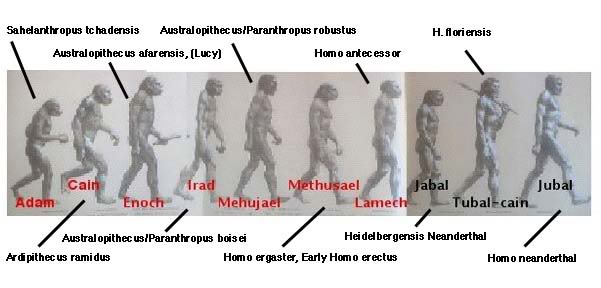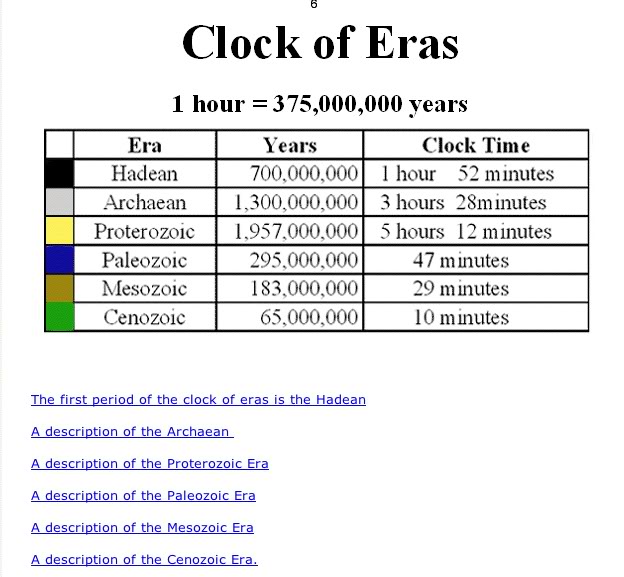They and you can all 'recognize' whatever they want to. I am asking for an explanation as to how what you all 'recognize' amounts to something more than assertion. In other words, how does homology support common design? It is insufficient to simply assert that it does.
Whatever homology supports, it isn't evolution. Sir Gavin de Beer FRS had something to say (and he was Director of the Natural History Museum, and an eminent embryologist, I gather, though that seems to mean nothing to you, LK):
In all these discussions homology has been recognized as “the central concept for all of biology” (Wake, 1994) as well as “an unsolved problem in biology” (De Beer, 1971). Furthermore, there has been no shortage of new and not so new interpretations of homology (see
e.g.,
Hall, 1994;
Bock and Cardew, 1999).
http://icb.oxfordjournals.org/content/40/5/777.full
de Beer points out that if homology is to carry any weight, then the development of embryonic organs in related species should occur from homologous parts of the developing embryo.
That in fact, is very far from being the case, and he gives several illustrations of his statement.
The vertebrate alimentary canal is formed from quite different embryological sites in different vertebrate classes:
in sharks, it is formed from
the roof of the embryonic gut cavity;
in lampreys
from the floor.
From
the roof and floor in frogs,
and from
the lower layer of the embryonic disc in birds and reptiles.
(see de Beer reference in the above citation).
The vertebrate kidney:
In fish and amphibians the kidney is derived from the mesonephros, whilst in reptiles and mammals the mesonephros plays no part in the formation of the adult kidney.
The ureter (which carries urine from the kidney to the bladder) is formed in a completely different manner in reptiles and mammals from the equivalent duct in amphibia.
If homology fails, and it does, then evolution is left high and dry - where it always has been, particularly, as I have pointed out many times, with regard to the question of instinct's origin and genome entry.
We are therefore left with individual design rather than anything else.







